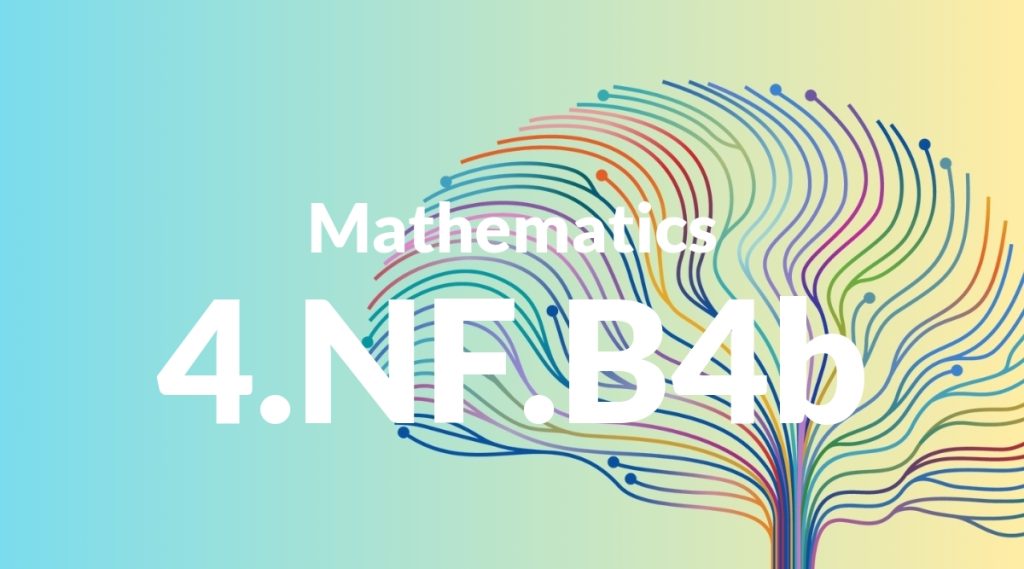Standard: 4.NF.B4b – Understand a multiple of a/b as a multiple of 1/b, and use this understanding to multiply a fraction by a whole number. For example, use a visual fraction model to express 3 × (2/5) as 6 × (1/5), recognizing this product as 6/5. (In general, n × (a/b) = (n × a)/b.)
Grade level: Grade 4
Subject: Mathematics
Domain: Numbers & Operations – Fractions
Teacher Overview
This standard focuses on helping students understand how to multiply fractions by whole numbers using visual fraction models. This skill is crucial as it lays the foundation for more advanced fraction operations and helps students see the relationship between fractions and multiplication. Students need to be comfortable with basic fraction concepts and multiplication of whole numbers before tackling this standard.
Mastering this standard will enable students to handle more complex fraction operations and understand the relationship between fractions and decimals.
Common Misconception 1
A common misconception is that multiplying a fraction by a whole number increases the fraction’s size. This is incorrect because the multiplication scales the fraction’s value without necessarily making it larger.
Intervention 1
Use visual fraction models and real-world examples to show how multiplying a fraction by a whole number scales the fraction.
Common Misconception 2
Another misconception is that students think they need to multiply both the numerator and the denominator by the whole number. This is incorrect as only the numerator should be multiplied.
Intervention 2
Provide exercises and visual aids that emphasize multiplying only the numerator by the whole number, leaving the denominator unchanged.
Prerequisite Knowledge
Students should understand basic fraction concepts, including identifying and comparing fractions, and should be comfortable with multiplication of whole numbers.
Subsequent Knowledge
Students will develop the ability to solve more complex fraction problems, including operations with mixed numbers and understanding the relationship between fractions and decimals.
Instructional Activities
- Use visual fraction models to demonstrate multiplying fractions by whole numbers.
- Practice problems involving real-world scenarios like recipes and measurements.
- Group activities where students create their own fraction multiplication problems and solve them.




